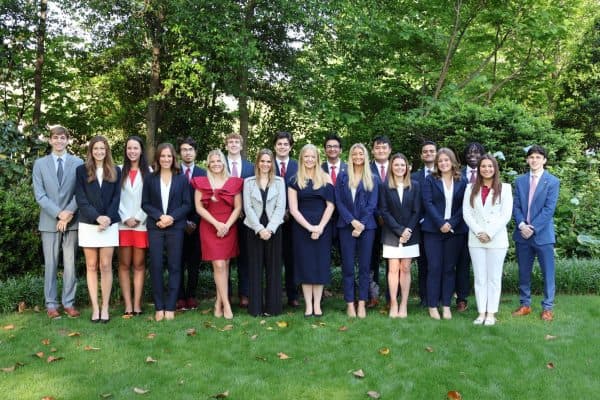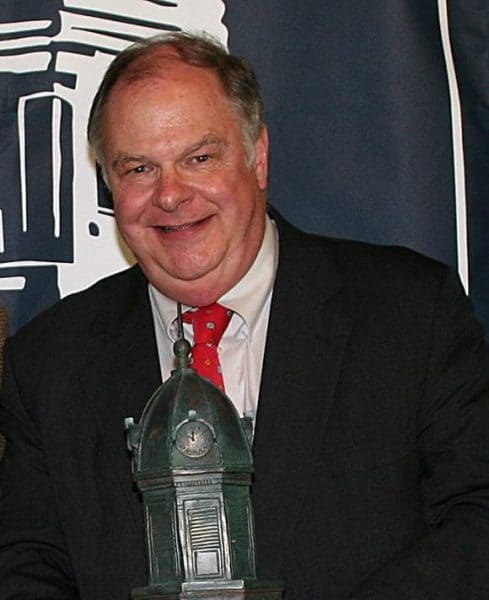University makes strides in admitting women
November 29, 2018
To Sydney Allen, a senior majoring in exercise science, pursuing her education at the Capstone is a major privilege, as not every member of her family had the opportunity to receive a college education.
“Most people don’t even think about the thought of not going to college,” Allen said. “A college education is very crucial to me, so I am very grateful to say that I didn’t have to face that uncertainty. My parents were very supportive of me on furthering my education at UA.”
Total student enrollment of women at the University has increased by 19,895 since 1944, according to the Office of Institutional Research and Assessment (OIRA). Now at 56.5 percent, more than half of students currently enrolled at The University of Alabama are women.
The year 2018 marks the 125th year of women at The University of Alabama. The University’s 125 Years of Women campaign this year works to honor women from their beginning at the Capstone by celebrating their achievements, understanding their challenges and commemorating trailblazers.
The campaign’s website provides a timeline of notable achievements including the first sorority installed on campus, the first female SGA president and the first African-American student admitted, along with many other successes.
In 1893, Anna Adams and Bessie Parker became the first women to enroll at the University, and after 31 years of UA service, Judy Bonner became the first woman to lead the Capstone as president in 2012. Though Bonner decided to hand over her presidency to current president Stuart R. Bell in 2015, her legacy as the University’s first female president continues.
According to Alabama Alumni Magazine, Bonner said she had given no thought to the historical precedent set with her selection until media members mentioned it.
“If my role as president can inspire young ladies to work hard and dream bigger, I am truly humbled and honored,” Bonner told the magazine.
According to the OIRA, 48 percent females and 52 percent males made up the University’s faculty and staff in 2017.
Although the University shows efforts to highlight the history of women at the Capstone, conversations about women in higher education and improvements in gender inequality remain diverse among those on campus.
Historically, males have outnumbered females in academic institutions, the workforce and ultimately, leadership roles. Women have undoubtedly overcome many obstacles throughout the years, but the issue of low representation of women in leadership is still a burning question.
Elle Shaaban-Magana, director of the Women and Gender Resource Center, said people celebrate that women have found their way to the University, but this is a piece of a larger conversation of equality and access.
“It is a victory in some ways, but we know we are not quite yet ready to celebrate when we see there are still access barriers largely across the field of higher education,” Shaaban-Magana said. “When we think of representation, what we need to look at is not only the numbers of those who are represented, but who holds leadership positions. How is the power distributed across the numbers?”
In its 2015-2016 Minority Participation Report, the University of Alabama System conducted an executive summary that showed The University of Alabama’s executive and administrators breakdown by gender and race. According to the summary, women made up 45 percent of UA administrators in 2016. Black women represented 12 percent of females in those positions, compared to 82 percent of white women.
Black men represent 6.56 percent of men in executive and administrative positions as opposed to 90 percent of white men in 2016, according to the report.
While some think improvement for women still needs to be done, others choose to shift their focus on the good: the growth of women in higher education, their representation and how far the University has come.
Ansley Neeley, a senior majoring in public relations, said she is thankful for her education at the University because she is surrounded by such great role models.
“It’s very empowering for me to be able to earn a college education, especially at such a great school like The University of Alabama,” Neeley said. “In my past four years here, I’ve been able to work alongside so many smart, well-rounded women, so it’s inspiring to know that we have the potential to become some of the next great female leaders after college.”
The call for gender diversity is about being inclusive to all and promoting a welcoming culture. With active campaigns and powerful leaders roaming the campus, years of systemic inequality are in the process of being overturned.
“I am so proud of our university to be able to celebrate 125 years, and not all universities can celebrate those accomplishments,” Shaaban-Magana said. “Even though those numbers may vary, there has been a trend for women to enter the academy at higher numbers.”











